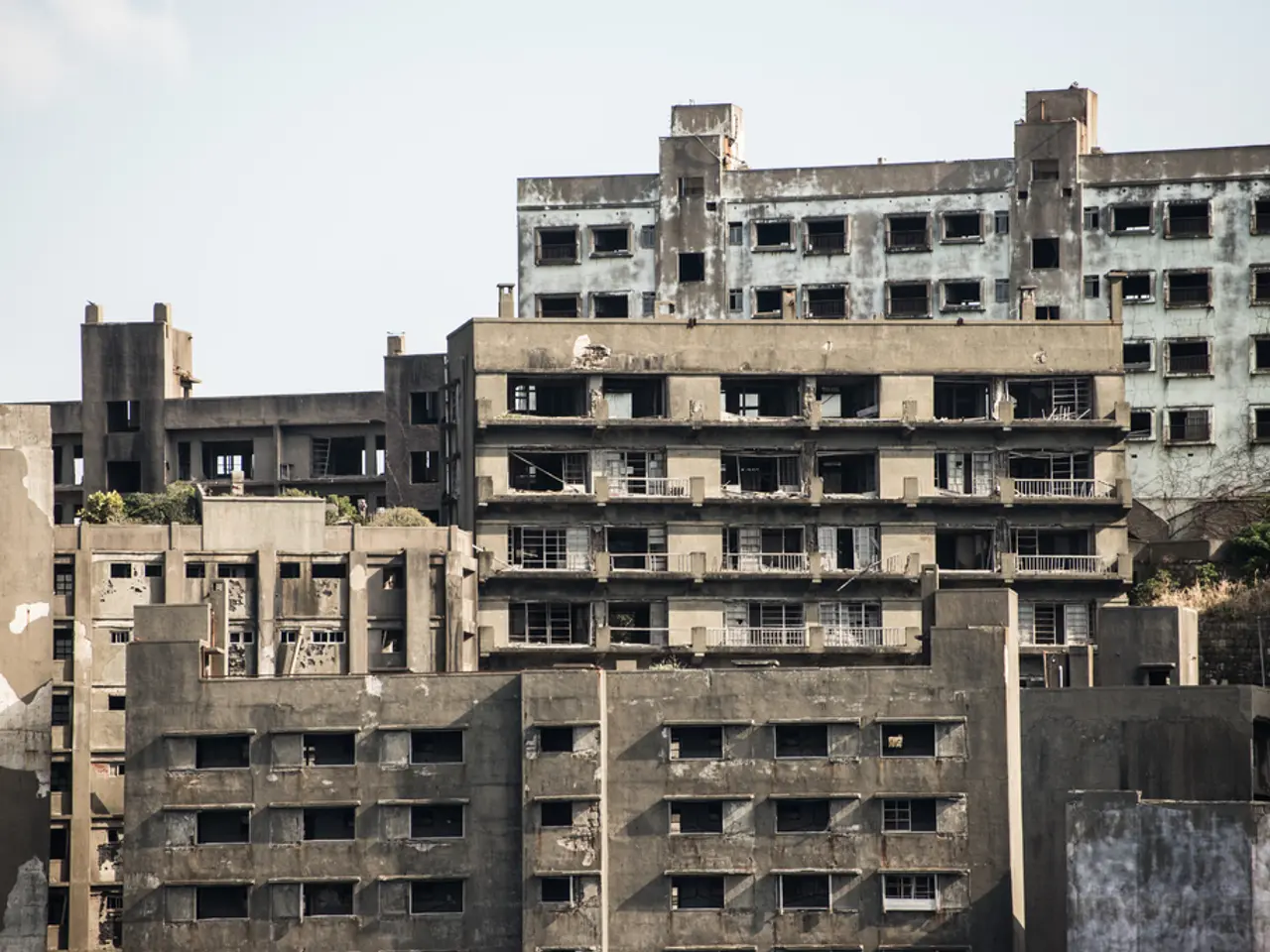In various climates, I labor under high temperatures, with regulations varying from place to place.
As Italy grapples with severe heatwaves, the government has implemented binding measures aimed at mitigating the impact on workers and outdoor sectors. These measures, which vary by region, are designed to protect workers from heat stress and ensure the continuity of essential services.
## Outdoor Work Restrictions
In response to the extreme heat, several Italian regions, including Lazio, Tuscany, Calabria, Puglia, and Umbria, have decided to ban some outdoor work activities during the hottest hours of the day. This measure primarily affects sectors with outdoor work, such as construction and agriculture, by restricting work hours during peak heat times.
## National Heat Alerts and Sectoral Impact
The Italian Health Ministry has placed 21 out of 27 monitored cities under its highest heat alert, including major tourist destinations like Rome, Milan, and Naples. The measures primarily affect sectors with outdoor work, such as construction and agriculture, by restricting work hours during peak heat times.
## Measurement Systems Used
The heat alerts are based on temperature readings above 40°C. The Italian Health Ministry uses a heat alert system to monitor and manage heat-related risks. In addition, Worklimate, a platform developed by Inail and Cnr, uses climate and physiological models, data such as temperature, humidity, wind, sun exposure, physical workload, and clothing type to determine risk levels.
## Duration of Ordinances
The duration of these measures can vary by region and is typically contingent on the persistence of extreme heat conditions. There is no specific national duration set for these ordinances, as they are implemented regionally in response to local heatwave conditions. Some regions, such as Emilia-Romagna and Lombardy, have extended the ordinance until September 15, 2025, while others will end on August 31, 2025.
While there is no comprehensive national framework for the duration of these measures, they are generally in place until the heatwave subsides. As these measures are reactive to immediate heat conditions, they are subject to change based on weather forecasts and public health needs.
In August 2024, a special campaign by the National Labor Inspectorate (Inl) monitored around 736 companies in the construction, agricultural, floricultural, and road construction sectors. Fines ranging from €1,423 to €9,112 were issued, or, in the most serious cases, activities were suspended through a judicial police order.
In conclusion, Italy's heatwave measures are an important step in protecting workers and outdoor sectors from extreme heat. These measures, while regionally varied, are essential in ensuring the safety and well-being of workers during heatwaves. As the climate continues to change, it is likely that these measures will become increasingly important in the coming years.
Workplace-wellness initiatives, such as the special campaign by the National Labor Inspectorate, are promoting health-and-wellness through the enforcement of heat-related measures in various sectors. These initiatives, including the restriction of outdoor work during peak heat times, aim to protect workers from energy drain and potential heat-related illnesses.
Science and fitness-and-exercise play a crucial role in the development of these measures. For instance, platforms like Worklimate use climate and physiological models to determine the risk level for workers, ensuring the implementation of effective energy conservation strategies.




